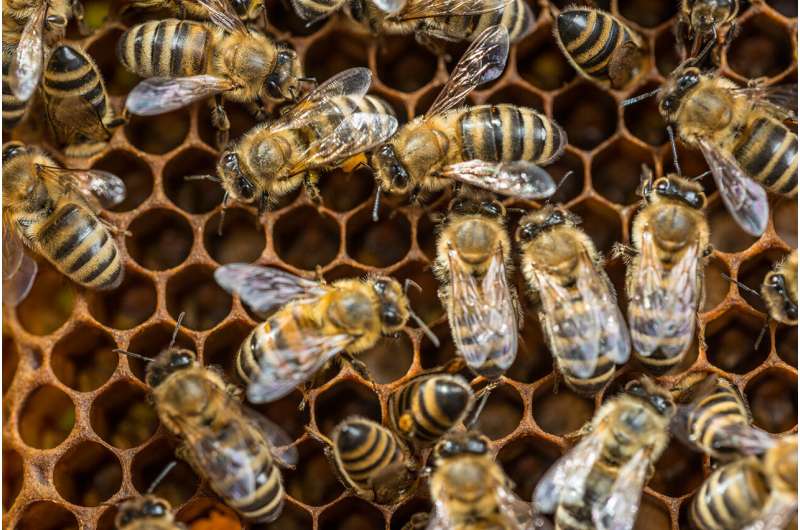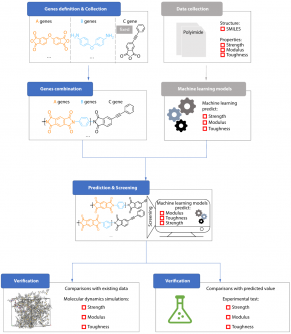The use of plant protection products, essential for safeguarding crops from pests and diseases, may have unintended consequences on non-target organisms. A recent study by scientists from the Helmholtz Centre for Environmental Research (UFZ) indicates that exposure to these chemicals can significantly alter the behavior of both bees and fish. Published on November 6, 2025, in the journal Environment International, the research highlights the pressing need for more comprehensive behavioral assessments in the risk evaluation of agricultural chemicals.
Plant protection products, including fungicides, herbicides, and insecticides, are vital for agricultural productivity. However, these substances often affect organisms beyond their intended targets. According to Prof. Martin von Bergen, a biologist at UFZ, “Wild bees and other pollinators can come into contact with quite high concentrations shortly after spraying. But animals in aquatic habitats are also at risk.” Rainfall can wash these chemicals into nearby water sources, impacting ecosystems far beyond the application area.
The UFZ team aimed to investigate the behavioral changes resulting from exposure to these products. They focused on two model organisms: the honeybee (Apis mellifera) and the zebrafish (Danio rerio). By analyzing the effects of plant protection products on these species, the researchers sought to provide more insight into the broader implications for biodiversity and ecosystem health.
In their findings, the researchers noted that honeybees exhibited reduced foraging activity and altered nectar processing behavior after exposure to insecticides. Similarly, exposure to fungicides and herbicides resulted in diminished brood care behavior. Cassandra Uthoff, a doctoral student and lead author of the study, emphasized that even non-lethal exposure to low concentrations of these chemicals can have detrimental effects. “This can impact individual health, population dynamics, and ultimately, the biodiversity of the ecosystem,” Uthoff stated.
To assess the impact on aquatic organisms, the researchers employed a behavior-based screening method using zebrafish embryos. This approach allows for rapid evaluation of neuroactive effects, including changes in learning and memory processes. The study revealed that exposure to a mixture of insecticide, herbicide, and fungicide caused distinct behavioral alterations in the fish embryos. At lower concentrations, the behavior typically associated with herbicides was observed; at higher concentrations, however, the embryos demonstrated behavior consistent with exposure to fungicides.
The results underscore the complexity of interactions between chemical mixtures and organismal behavior. Prof. Tamara Tal, an ecotoxicologist and co-head of the study, noted, “This supports the concept that chemical regulations should set acceptable exposure levels based on cumulative risk.” The study’s results suggest that the ecological impacts of plant protection products may be more extensive than previously recognized.
The UFZ researchers advocate for the incorporation of more sophisticated behavioral tests into risk assessment frameworks for plant protection products. This integration would enhance the ability to identify harmful substances and better protect non-target organisms, which is crucial for preserving biodiversity in agricultural landscapes.
The implications of this research extend beyond the laboratory, calling for a re-evaluation of current agricultural practices to mitigate risks to vital pollinators and aquatic life. As Uthoff concluded, “By understanding the behavioral changes induced by these chemicals, we can take steps to protect our ecosystems and ensure the sustainability of agricultural practices.”
For further information, refer to the study titled “Cross-taxa sublethal impacts of plant protection products on honeybee in-hive and zebrafish swimming behaviours at environmentally relevant concentrations,” published in Environment International.







